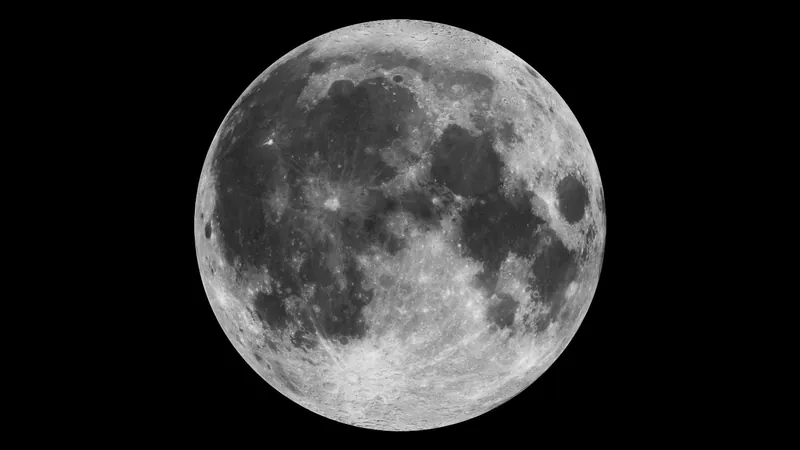
China's Ingenious 'Gravity Slingshot' Maneuver Revives Stranded Moon Satellites
2025-05-08
Author: Daniel
In a remarkable feat of ingenuity, China has successfully repositioned two wayward satellites, DRO-A and DRO-B, using a gravity 'slingshot' technique. Launched in March 2024 aboard a Long March-2C rocket, these satellites were initially destined for a distant retrograde orbit around the moon to enhance navigation and tracking capabilities in Earth-moon space.
Despite a flawless launch sequence, disaster struck when a technical fault in the Yuanzheng-1S upper stage impeded the satellites from reaching their target orbit. The team at China’s Technology and Engineering Center for Space Utilization (CSU) lost contact, facing the daunting possibility of failure.
"If we lost the satellites, it would mean squandering years of hard work and funding, not to mention the morale blow to our team," noted Zhang Hao, who played a pivotal role in the recovery efforts.
Rescue Mission: A Two-Pronged Approach
Once CSU regained contact, they found the satellites in a precarious orbit far too close to Earth. The team quickly set to work, splitting into two units: one to stabilize the satellites' erratic spin by controlling their thrusters, and the other, led by Hao, to devise the optimal trajectory for their return.
Faced with partially damaged satellites that couldn't harness sufficient sunlight for power, CSU adopted a creative solution. They utilized the gravitational pull from Earth, the moon, and the sun to ingeniously 'slingshot' the satellites into their intended orbit.
"Choosing a longer route allowed us to conserve energy, a strategic move played out over 123 days," explained researcher Mao Xinyuan.
A Stellar Achievement
By mid-July 2024, the ambitious rescue operation was heralded as a success. Following their successful recovery, DRO-A and DRO-B separated six weeks later and are now orbiting the moon alongside a third satellite, DRO-L, which had previously been launched into low Earth orbit.
These satellites are set to function as vital 'lighthouses' in space, dramatically reducing spacecraft positioning time from over two days to just three hours. As Mao remarked, this breakthrough not only enhances navigation but also exemplifies China's growing prowess in space exploration.



 Brasil (PT)
Brasil (PT)
 Canada (EN)
Canada (EN)
 Chile (ES)
Chile (ES)
 Česko (CS)
Česko (CS)
 대한민국 (KO)
대한민국 (KO)
 España (ES)
España (ES)
 France (FR)
France (FR)
 Hong Kong (EN)
Hong Kong (EN)
 Italia (IT)
Italia (IT)
 日本 (JA)
日本 (JA)
 Magyarország (HU)
Magyarország (HU)
 Norge (NO)
Norge (NO)
 Polska (PL)
Polska (PL)
 Schweiz (DE)
Schweiz (DE)
 Singapore (EN)
Singapore (EN)
 Sverige (SV)
Sverige (SV)
 Suomi (FI)
Suomi (FI)
 Türkiye (TR)
Türkiye (TR)
 الإمارات العربية المتحدة (AR)
الإمارات العربية المتحدة (AR)